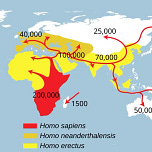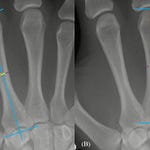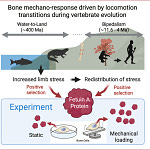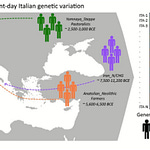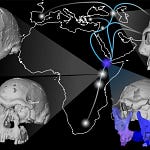In the late Middle Pleistocene, long before Homo sapiens emerged across the globe, hominins in East Asia were quietly writing their own evolutionary chapter—one not easily shelved within our standard classifications. Now, a set of teeth from Hualongdong, a site in eastern China, may offer one of the clearest signs yet that the story of human evolution in Asia was not only long and winding, but startlingly diverse.
A new study led by Wu Xiujie and published in the Journal of Human Evolution1 examines 21 teeth from at least two individuals who lived around 300,000 years ago. What the researchers found was no ordinary fossil cache. The Hualongdong specimens exhibit a combination of traits so unusual that they defy easy classification within any known hominin group.
“It’s a mosaic of primitive and derived traits never seen before,” said María Martinón-Torres, Director of Spain’s Centro Nacional de Investigación sobre la Evolución Humana (CENIEH).
“Almost as if the evolutionary clock were ticking at different speeds in different parts of the body.”


